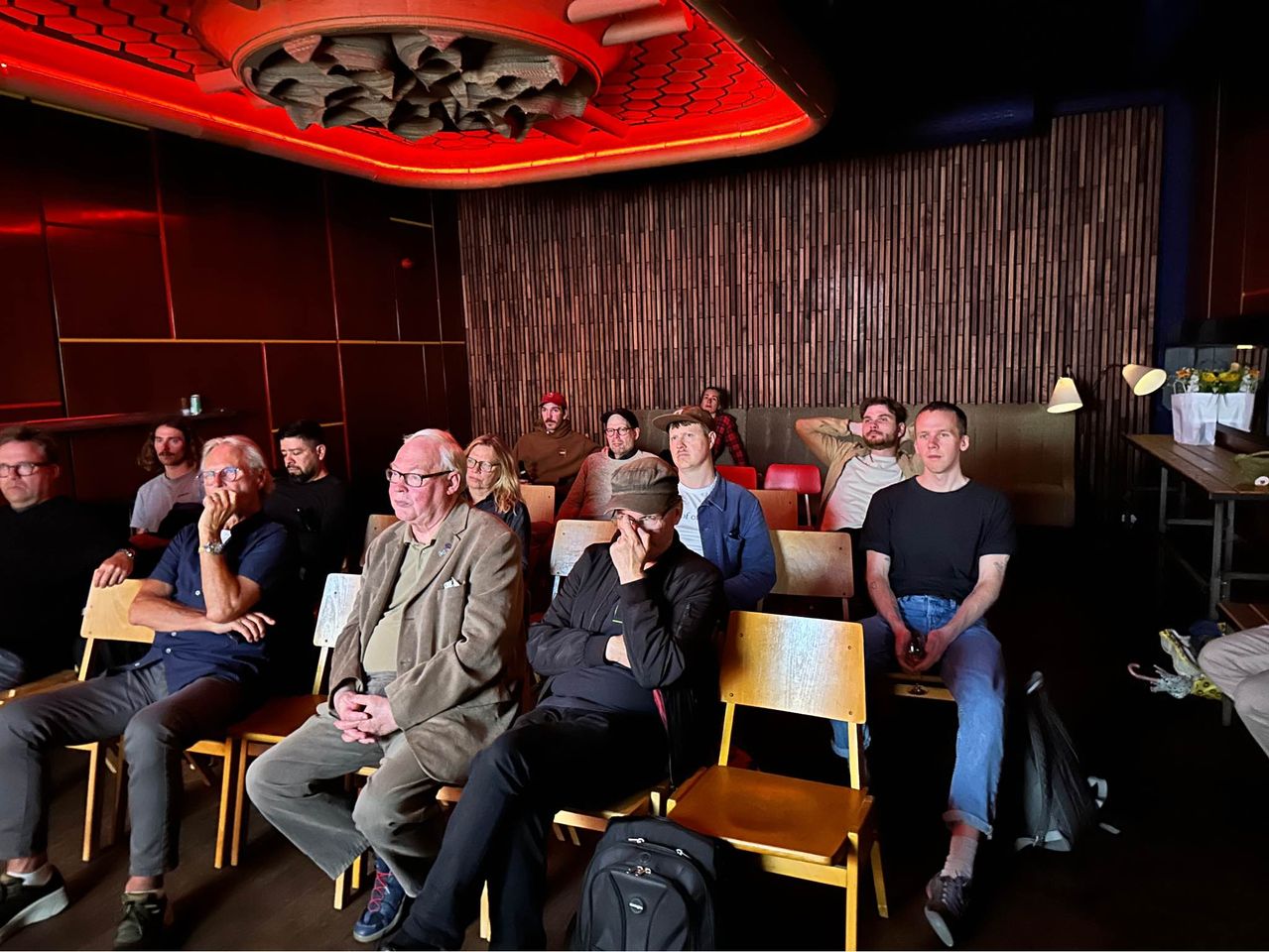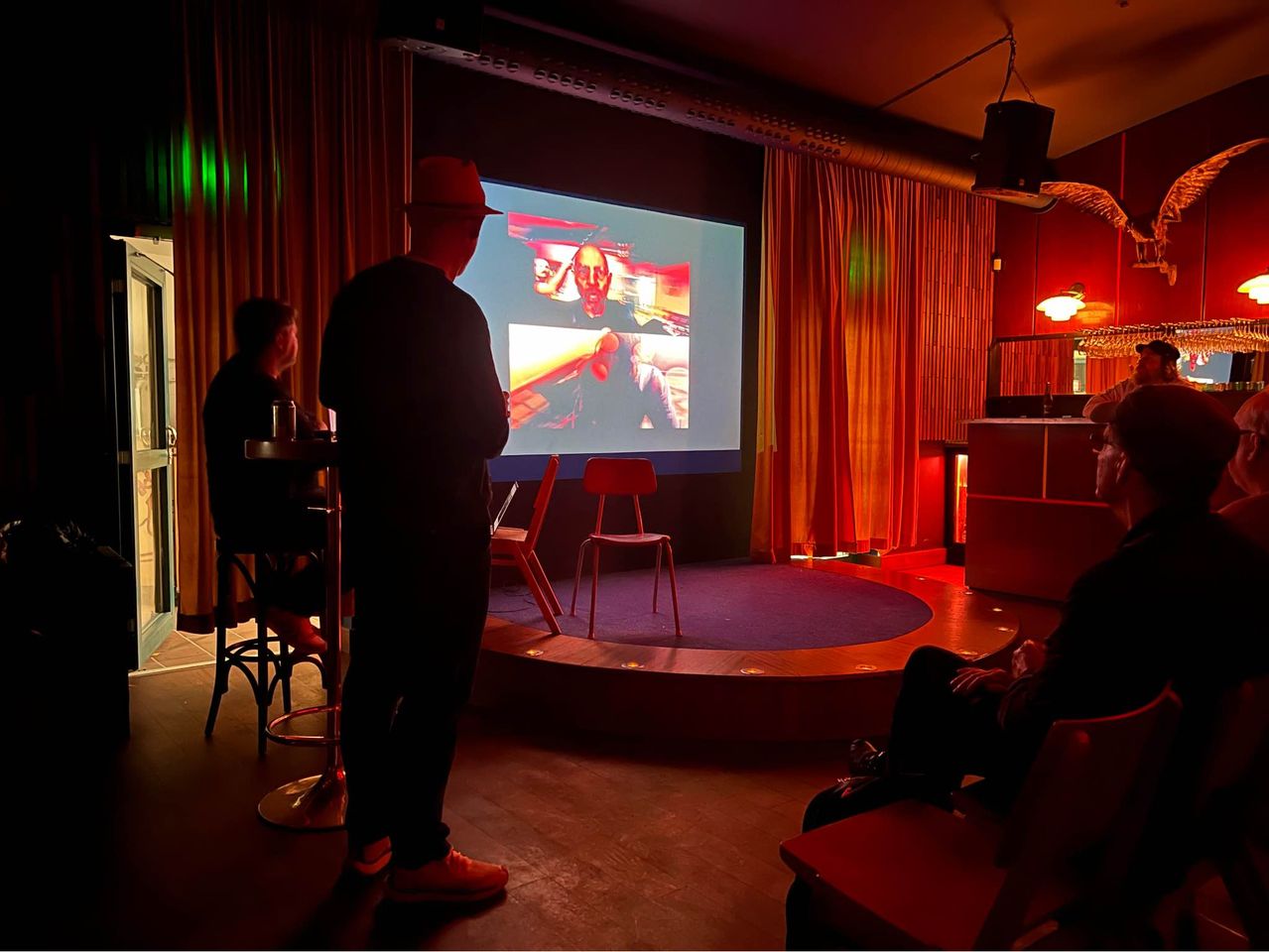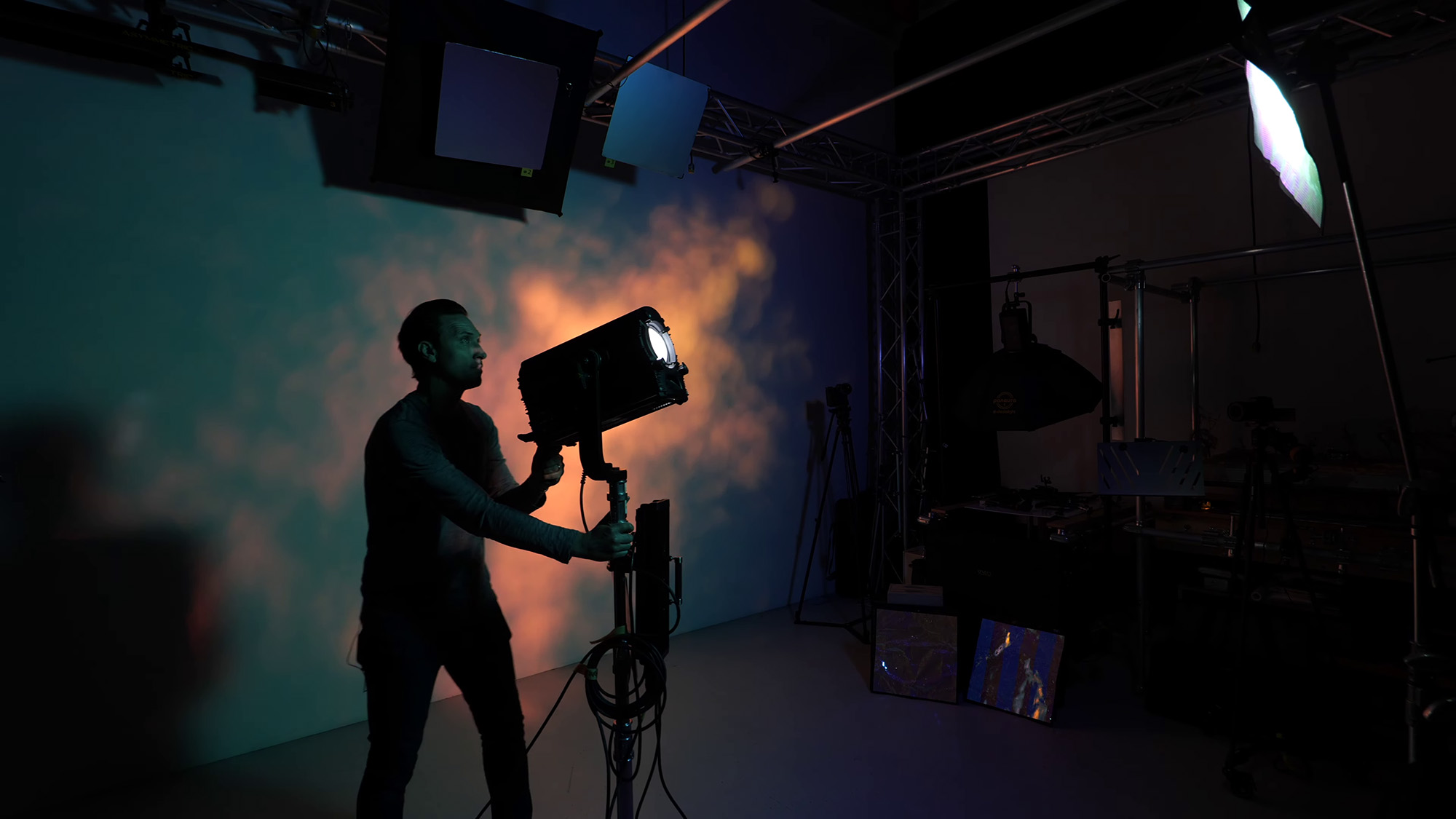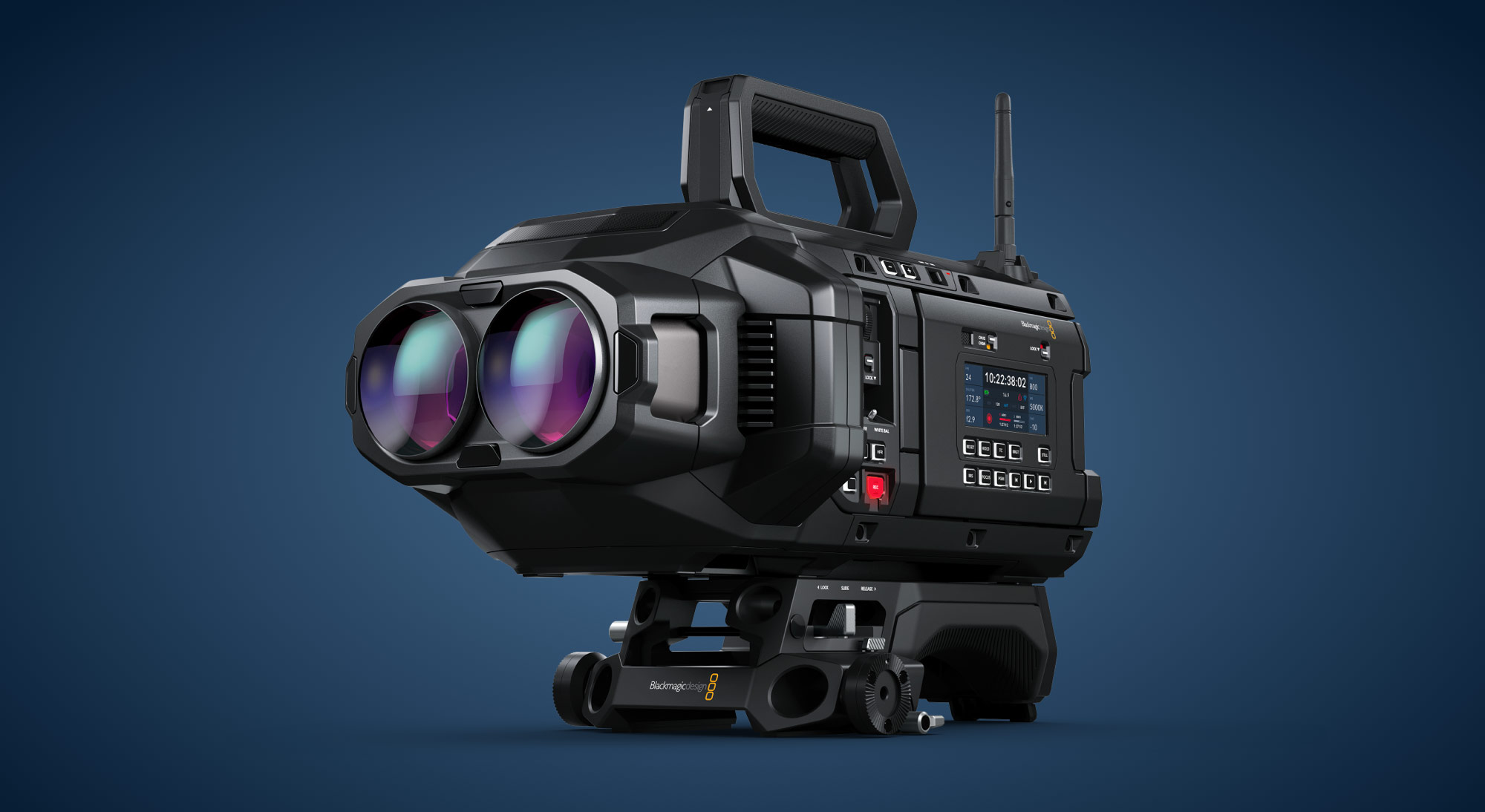Fujifilm B&W Separation Recording Film
The Digital Dilemma is this: how do you archive not only film, but also digital original? As the Academy’s Technical Committee pointed out in its important Digital Dilemma report, history has not been kind to the archiving, playback or longevity of the more than fifty video formats that have come and gone in as many years.
On May 11, 2010, Fujifilm North America Corporation announced the introduction of its ETERNA-RDS digital separation black and white motion picture recording film. Fujifilm developed and released its specialized ETERNA-RDS film for recording original images as three Y-C-M separations on black and white (silver halide) films.
“Black and white silver halide film possesses outstanding stability, and by some estimates will be able to preserve images for more than 500 years,” said Graeme Parcher, group vice president, Motion Picture Division, Fujifilm North America Corporation. “We believe the industry will see this new addition to Fujifilm’s Eterna line as a very important tool….”
ETERNA-RDS builds on the science of ETERNA-RDI digital intermediate film, which recently received a Sci-Tech award from the Academy. ETERNA-RDS optimizes the characteristics of digital origination and provides exceptional photographic output via laser recorders, with gradation linearity, wide latitude, excellent sharpness and low granularity. The film possesses outstanding stability for both black and white negative and positive process conditions.
So how does it work? Run your digital files through a film-out laser. Record onto ETERNA-RDS in three passes (like Technicolor 3-color separations). Fast-forward to the year 2084. Like the Betamax, U-Matic and VHS, your digital files can only be played back on the last two remaining and working units in the world, somewhere in a digital museum in outer Mongolia. The studio is ready to re-release your masterpiece on the latest successor to Blu-ray: the fingernail-sized solid-state 16K Platinum-ray. Luckily, your producers had the good sense to archive to ETERNA-RDS. The three separations are scanned on an ARRISCAN 16K. The three passes are combined and conformed. And faster than you can say “Thank you Fujifilm,” your foresight was truly money in the bank.
Katsuhisa Ohzeki,
FUJIFILM Corporation, Japan.
B/W separation films newly designed for DI process and used in this presentation work in terms of resolution, light scattering and adaptability for film printer/recorder. Produced in 1955, GINRIN marks one of the early achievements in the history of Japanese experimental cinema. The film was directed by Toshio Matsumoto, a pioneering experimental filmmaker with the scores of musique concrete by Toru Takemitsu and with the special effects by Eiji Tsuburaya of the Godzilla fame. Having been thought lost for a long time, the film was discovered in 2005 in the form of the original negatives of its English-titled version. But the color of this film was badly faded.
We first restored the film in the following process: 1) a color master positive was made from the original negatives, 2) the color master positive was scanned at 4K resolution and restored at 2K, 3) the restored data was recorded on 35mm color intermediate negatives at 2K to make a 35mm print (Film1). In order to compare the image qualities and to confirm the advantages of new B/W separation films designed for DI process, we made the following other two different 35mm prints. First, digital restored data was separated into R, G and B channels and recorded on the new B/W separation films. These separation negatives were recombined by use of an optical printer to make a 35mm print (Film2). Second, the separation negatives were scanned and digitally re-combined, and the data was recorded on 35mm color intermediate negative to make a 35mm print (Film3). Although it was confirmed that each restored image of Film1, Film2 and Film3 has little differences of image quality; we found that the image preservation on the new B/W separation film has advantages in terms of resolution and color reproduction compared with the preservation on color intermediate film.
Läs vad Kodak skriver
The Digital Dilemma. Problemet med lagring av digitalt original. Läs mer här







